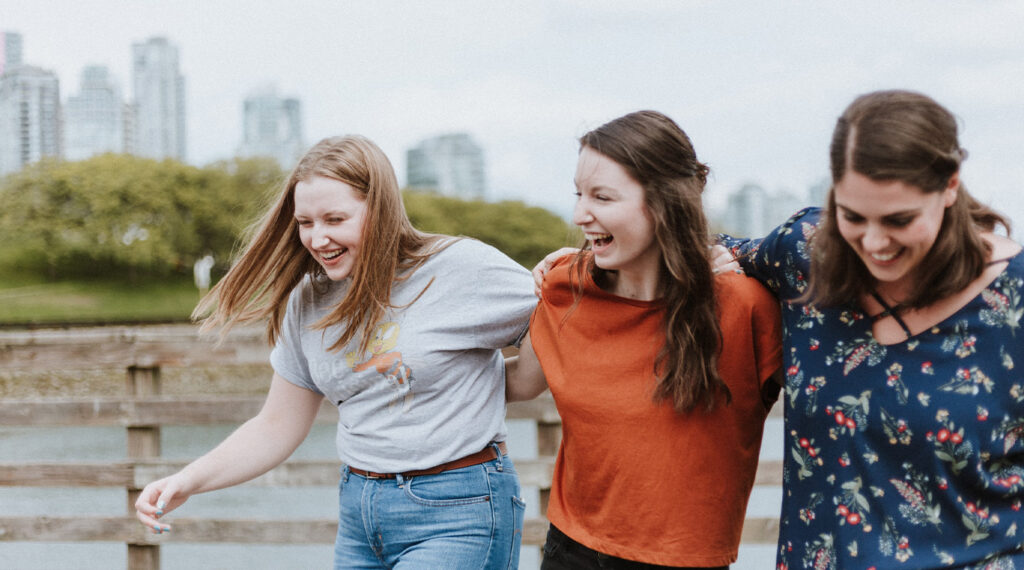Developing a Youth Advisory Board – How to Involve Children and Youth in Your Work
Section
The peer-learning journey “How to Involve Children and Youth in Your Work” is a series of online webinars organised by Philea’s Children and Youth Network throughout 2024 that aim to advance youth inclusion in the work of foundations by providing concrete pathways and tools to implement. Following each module, foundations that are willing to transform their way of working with young people can benefit from input from organisations with specific expertise on a given topic.
The first module explored “How to Develop a Youth Advisory Board” with Fundação Calouste Gulbenkian, an international foundation based in Portugal, on 28 February. We have captured the key points and recommendations from presenters/those involved in the project and presented them below.

Aims and content
This module was designed to equip participants with the knowledge and skills required to create and manage youth advisory boards. The module focuses on understanding the unique challenges and opportunities of having young voices driving organisations towards strategic change. It offers practical tips and insights into the process of building a youth advisory board as well as the management of expectations, outcomes and change within the institution’s different departments throughout the process.
Learning topics covered
- Enhancing communication and collaboration with young people
- Fostering a supportive culture of consultation
- Managing conflict, goals and expectations
- Running effective youth advisory board meetings
The model project
In this module, Gulbenkian Foundation discusses how to develop a youth advisory board based on their youth programme, Imagina CAM Youth. The initiative is a cultural programming platform that creates a space for dialogue between young people and artists, in collaboration with professionals working at Gulbenkian’s Centre for Modern Art (CAM). It aims to give young audiences an insight into the institution’s strategic decision-making and programming, and to imagine new ways of thinking and acting in the face of the challenges of today’s world.
| Title | Youth advisory Groups in Art Institutions |
| Country | Portugal |
| Year | 2023-2024 |
| Mode of participation | Consultation / collaboration / leading |
| Age of young people involved | 20-28 years old |
Point in philanthropic cycle
Imagina CAM Youth involves young people at the following points in the philanthropic cycle:
- Defining issues and priorities to be targeted by programmes
- Designing programmes (activities)
- Taking action (implementation)
- Board: joining a governance structure (advisory group or board)
Recommendations from Gulbenkian Foundation based on this experience
- Everyone should be on board: You need to have a strong commitment and involvement of the directors and broad team for the programme to succeed
- Involve the broad team in the selection process
- Trust the process and trust the young people’s knowledge (resist the temptation to turn a consultation process into a training one)
- Commit to change
- Commit to the youth council’s recommendations (value the listening process, validate young voices)
Excerpt from Module 1 Q&A
What is the biggest change you have seen in your foundation as a result of this experience?
Gulbenkian Foundation’s team: “We have observed several changes in the organisation. An important one is in the ability to discuss more openly in our organisation. We’ve raised a lot of curiosity around this process, and every department is now exploring the possibility to include youth voices in their programming, including in the strategic department. There is a huge willingness and commitment to change, and this change is already happening in our thinking, and we believe it will become a practice in our programming.”
Youth council’s member: “It’s palpable that we’ve been integrated. We can be very outspoken and piercing when it comes to share our views on certain things, but then we totally understand that to move towards a certain change in a large organisation, it means moving a hundred people in a certain direction. And since we had that contextual grounding from the beginning, and transparency and openness from all teams’ members, we could really work and move together in that direction. The game is open, and we can work with the tools we have, so when we make suggestions, we are aware of the limitations, but we see that the team is very keen to hear and think about our suggestions.”
